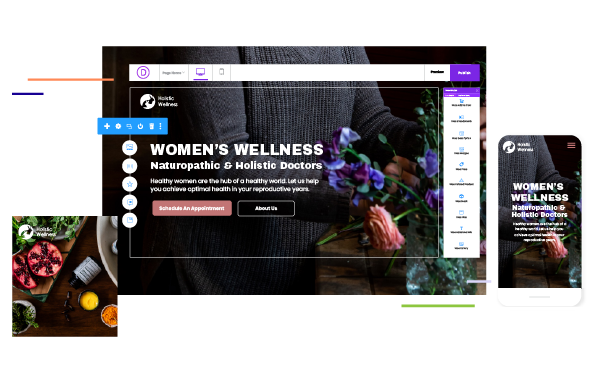Collecting the data you need and analyzing it effectively can be a huge challenge. It is therefore important to know how to focus on the metrics that can help drive conversion and revenue. Many marketing decisions are driven by data to some extent, but people approach marketing in a variety of ways. Look at the three categories below:
- Intuitive — Your marketing decisions aren’t data-based; intuition drives them.
- Inspired — You value data and consider it in some way, shape or form.
- Intelligent — Marketing data rules the decisions you make.
As marketing evolves as a discipline, so do the roles that marketing executives play in organizations. Currently, data is mostly used to optimize strategies and demonstrate the value of activity.
According to a recent report from 3Q Digital, 57 percent of senior marketers are satisfied with how much influence data has over their marketing decisions, and 56 percent are satisfied with how easily they can access the data they need.

3Q Digital
In more good news, The Analytics Advantage, a report published by Deloitte on the state of data analytics in successful businesses, claims that “senior executives are realizing that good data can yield good decisions, if captured, analyzed, communicated, and acted upon in a timely and efficient fashion.”
The bad news is that not all the data is “good data.” Marketers all too often pay attention to the wrong metrics.
Collecting Data Needed
Too many businesses lack the capability to collect the data they need and analyze it effectively. The challenge is to:
- Collect data from multiple sources.
- Identify key metrics and analyze them easily.
- Gather the insights needed to make smart and speedy decisions.
Using the Right Metrics
Far too many marketers track vanity metrics that give the appearance of success but are, ultimately, meaningless from a business perspective. Metrics are meaningless unless they lead to actionable insights, move the needle from a performance perspective, and influence key performance indicators (KPIs).
Often, social media “likes,” email opt-ins, and page views don’t mean much. You need to focus on metrics that help drive conversion and revenue.
For every company, this will be different. When your data is de-siloed, though, you’re able to look at the entire picture of marketing’s role in your business. The key is to find the KPI that correlates with success, however you define that based on the specifics of your situation.
Image Source: HubSpot
This is, in essence, the purpose of closed-loop marketing, which, as HubSpot’s Pamela Vaughan puts it, “relies on data and insights from closed-loop reporting. ‘Closing the loop’ just means that sales teams report to marketing about what happened to the leads that they received, which helps marketing understand their best and worst lead sources.”
Effective closed-loop marketers are those who:
- track data across all important channels.
- measure the effectiveness of their marketing activities from start to finish — from the prospect’s first contact with your brand until they drop off from your funnel.
- monitor processes to more effectively inform campaign optimization efforts — content iteration campaign testing.
To be effective, you need to collect the most relevant performance metrics and make sense of them. Your data-driven marketing activity must be tethered to key business KPIs. Marketing metrics that matter make a direct and measurable contribution to business value and performance.
Other Resources: Welcome to the Golden Age of Marketing


























































